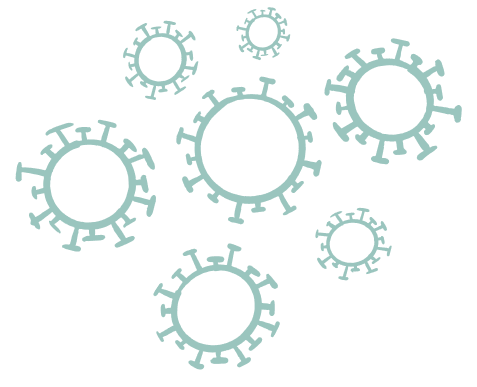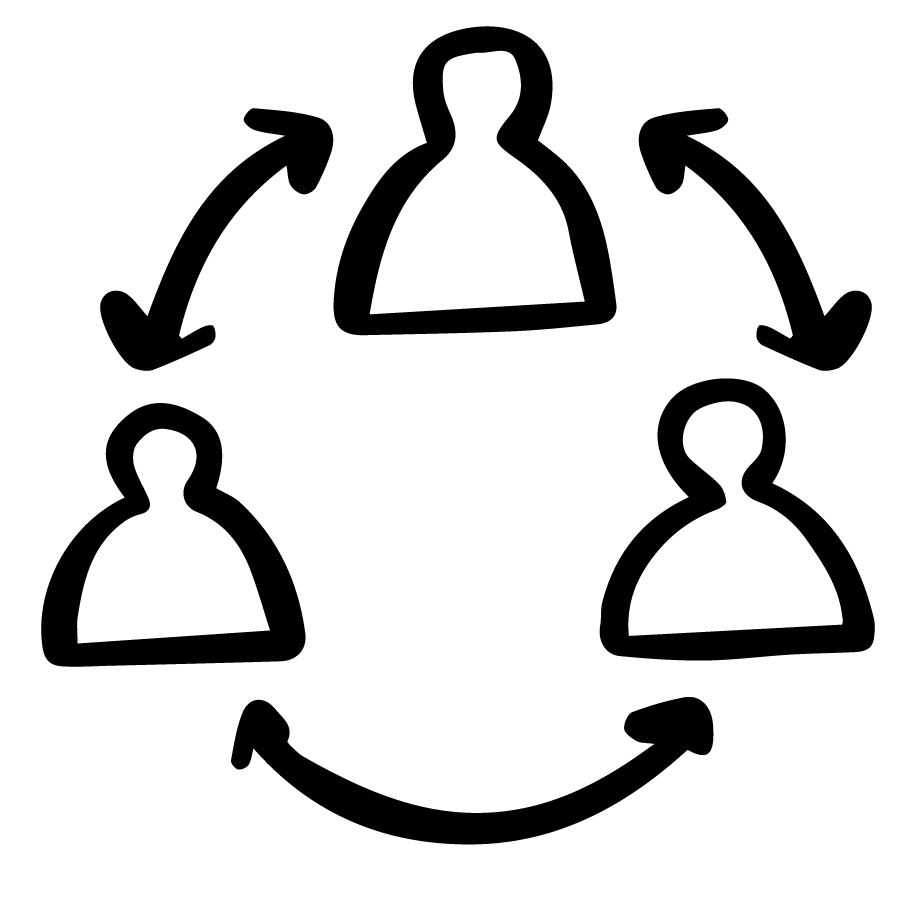About HIV and AIDS
Understanding HIV and AIDS
HIV
HIV stands for “human immunodeficiency virus.” As the name suggests, it’s a virus that attacks your immune system and makes you vulnerable to other types of infections and diseases.
You can get HIV by coming into contact with certain types of bodily fluids from someone who is infected with the virus. This usually happens through sex or by sharing needles.
When HIV goes untreated, it can lead to the disease AIDS. While there is no cure for HIV, there are effective treatments that reduce the amount of HIV in the body to undetectable levels. When this occurs, HIV can no longer be transmitted through sex. And most important, a long, healthy life becomes possible.
AIDS
AIDS, or acquired immunodeficiency syndrome, is the disease caused by HIV. AIDS usually only occurs when an HIV infection goes untreated, and the individual’s immune system has become badly damaged.
Without HIV treatment, the life expectancy of someone with AIDS is usually only three years. If they develop an opportunistic infection (such as pneumonia or COVID), that can drop to just one year.
But even at this stage, beginning HIV treatment can be lifesaving. The important thing to remember is that treatment is more effective the earlier it begins.

My journey has been a rollercoaster. But I am living with it, and I am able to live a healthy life. – Kristina M.

My journey has been a rollercoaster. But I am living with it, and I am able to live a healthy life. – Kristina M.
What’s the difference between HIV and AIDS?
HIV
- human immunodeficiency virus
- transmitted through certain body fluids
- if untreated, can lead to AIDS
AIDS
- acquired immunodeficiency syndrome
- makes body vulnerable to other types of infections
- treatment can still be effective

Ways you can’t get HIV
Hugging
YOU CAN’T GET HIV
Shaking Hands
YOU CAN’T GET HIV
Casual Kissing
YOU CAN’T GET HIV
Sharing Towels
YOU CAN’T GET HIV
Sharing Dishes, Glasses & Utensils
YOU CAN’T GET HIV
Using a Common Toilet, Sink, Bath, or Shower
YOU CAN’T GET HIV
Is it safe to be around people with HIV?
Yes! It is impossible to get HIV from socializing with, working with, or being around a person living with HIV.
In fact, there are many more ways that you CAN’T get HIV than ways you can.
HIV CAN’T be spread by
Coughing
Sneezing
Bug Bites
HIV is not transmitted through saliva, sweat, or tears. It is only transmitted through body fluids like blood, semen, and vaginal fluids.
Commonly Asked Questions
Local resources

Counseling & Testing

Prescription Assistance

Peer Support Group
Local resources



